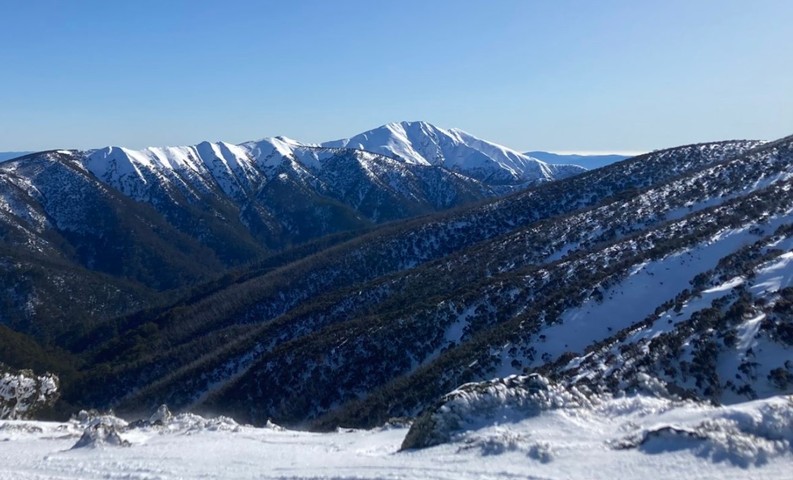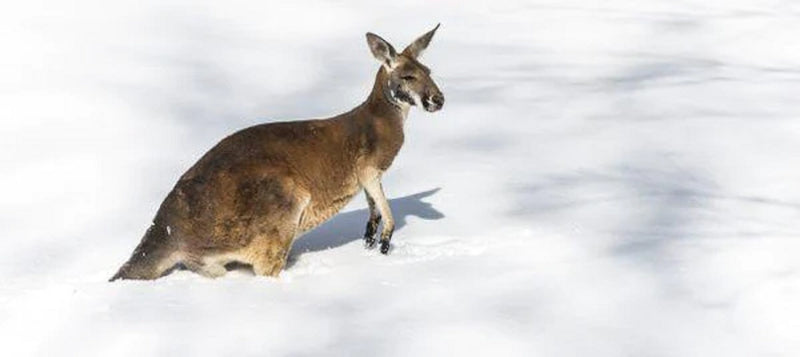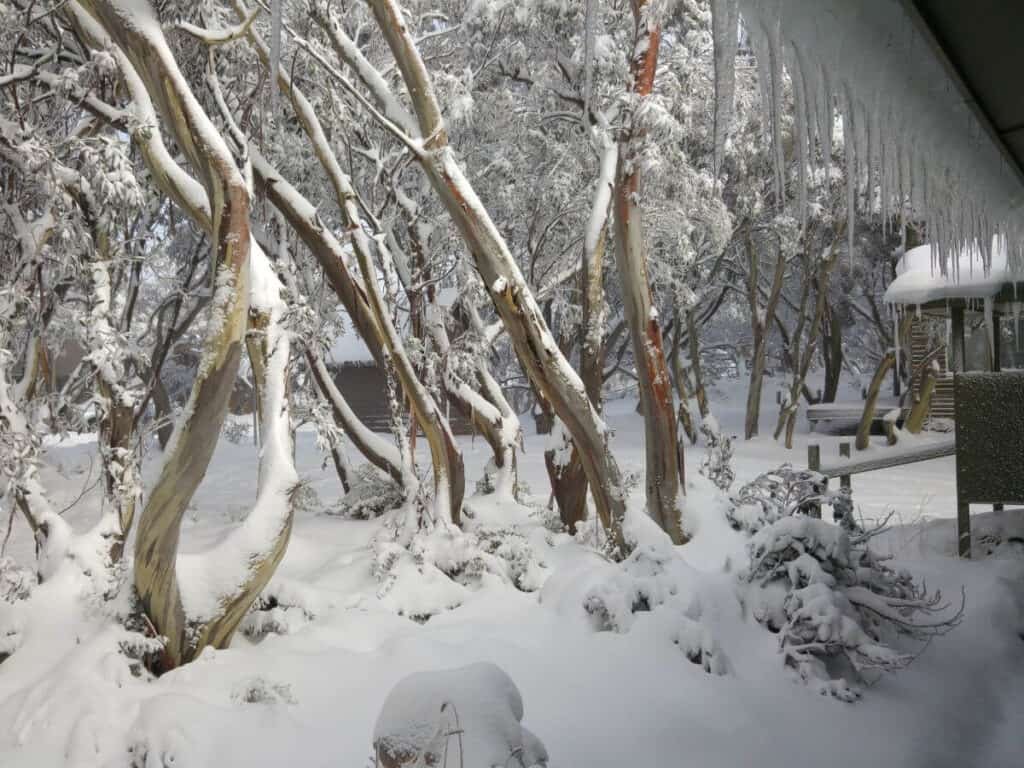Experience the Beauty of Snow In Australia with Thrilling Activities and Breathtaking Scenery
Experience the Beauty of Snow In Australia with Thrilling Activities and Breathtaking Scenery
Blog Article
Discover the Remarkable Results of Snow in Australia on Neighborhood Environments
Regardless of its credibility for sun-soaked landscapes, Australia additionally boasts areas blanketed by snow-- a phenomenon that greatly affects the country's one-of-a-kind environments. The insulating properties of snows shield plants and animals amidst the chilliest winter seasons, while the melting snow nurtures rivers and marine life. Nonetheless, the genuine marvel hinge on just how these chilly problems shape the nation's biodiversity and nutrient cycles. As we unwind this intricate partnership, we discover ourselves stepping on untouched premises in Australia's high nation.
The Unforeseen Areas of Snowfall in Australia
Although Australia is frequently related to sun-scorched landscapes and sandy beaches, certain regions surprisingly experience snowfall. The high nation areas of New South Wales, Victoria, and Tasmania are particularly known for their winter months snow. The Snowy Hills in NSW, for instance, obtain bountiful seasonal snow, using a raw contrast to the country's typical hot, arid climate. On the other hand, the Victorian Alps and components of Tasmania also see annual snowfalls, transforming the landscape right into a winter months wonderland. These locations are not just anomalies however indispensable parts of Australia's diverse climate system. The existence of snow in these regions dramatically affects regional ecosystems, consequently influencing the nation's one-of-a-kind biodiversity. The details effect on Australia's distinct vegetation will be talked about in the next section.

Just How Snow Impacts Australia's Distinct Flora
These plants have actually progressed to survive in extreme problems, with snow serving as a safety blanket from rough winds and freezing temperature levels. The snow additionally contributes to the wetness web content of the soil, providing necessary hydration for plant life throughout the dry summer season months. In significance, the snow influences the timing of flowering and seed dispersal, the development prices, and the survival of lots of plant species, showcasing the detailed interplay in between environment and flora in Australia.

The Adaptations of Australian Fauna to Snowfall
Just as Australia's flora has adapted to the wintery conditions, the local animals as well, display exceptional adaptations to the snowfall. Variety like the Mountain Pygmy-possum, the only Australian marsupial recognized to hibernate, have progressed techniques to survive in snowy atmospheres. It makes use of the snow as insulation, hibernating in i was reading this rock gaps below the snow to stay cozy. The Snow Skink, a varieties of reptile, alters its colour to white during winter months, offering camouflage against predators. Birds such as the Snowy Hills' Crimson Rosella also change their diet plans to consume offered food resources throughout cooler periods. Hence, despite the extreme conditions, Australian fauna demonstrates a adaptive and resistant nature, ensuring their survival in regions experiencing snowfall.
The Function of Snow in Forming Neighborhood Ecosystems
Fit the neighborhood ecological communities, the function of snow in Australia is both multilayered and profound. It influences the distribution of plants and fauna, mainly specifying the biodiversity of sub-alpine and towering areas. Snow offers an important water resource, feeding rivers and tanks as it thaws, therefore supporting a variety of marine life kinds. Furthermore, snow works as an insulator, securing ground-dwelling organisms from extreme cold. In a similar way, it plays a significant duty in dirt formation and nutrient cycling. The routine freezing and thawing of dirt caused by snowfall promotes the failure of rocks, boosting soil fertility. Subsequently, the visibility of snow forms the plants patterns, pet habits, and general sustainability of Australia's special ecological communities. Does Australia Get Snow.

The Future of Snowfall in Australia: Ramifications and forecasts

Offered the critical function snow plays in shaping neighborhood communities, the address future of snowfall in Australia is drawing increasing focus from environmentalists and scientists. Less snow can result in decreased water schedule in alpine regions, negatively influencing wild animals habitats and plant life. The tourism industry, greatly reliant on the winter months snow period, might additionally face substantial difficulties.
Verdict
The role of snow in Australia's communities is crucial yet typically forgotten. It works as a protector, a nurturer, and a shaper of diverse towering species, adding to the splendor of Australia's high country. As climatic patterns continue to shift, recognizing the effects and potential changes of these snow-influenced communities is vital. Hence, the snow in Australia is greater than a natural spectacle; it's an essential player in the nation's environmental story.
Despite its reputation for sun-soaked landscapes, Australia also boasts areas buried by snow-- a phenomenon that exceptionally affects the nation's distinct communities. It utilizes the snow as insulation, hibernating in rock crevices underneath the snow to remain warm - Does It Snow In Australia.In forming the regional communities, the duty of snow in Australia is both profound and multilayered. The existence of snow shapes the vegetation patterns, Learn More pet actions, and overall sustainability of Australia's one-of-a-kind communities
Provided the important duty snow plays in shaping neighborhood environments, the future of snowfall in Australia is drawing boosting interest from ecologists and researchers.
Report this page